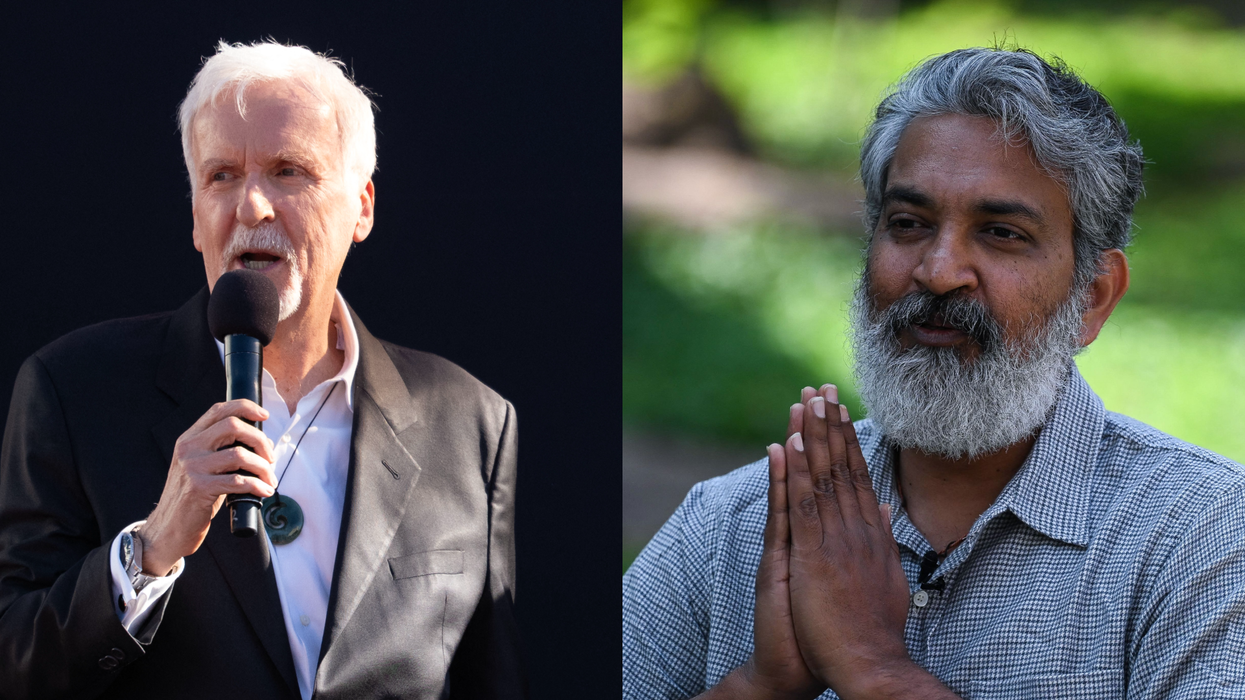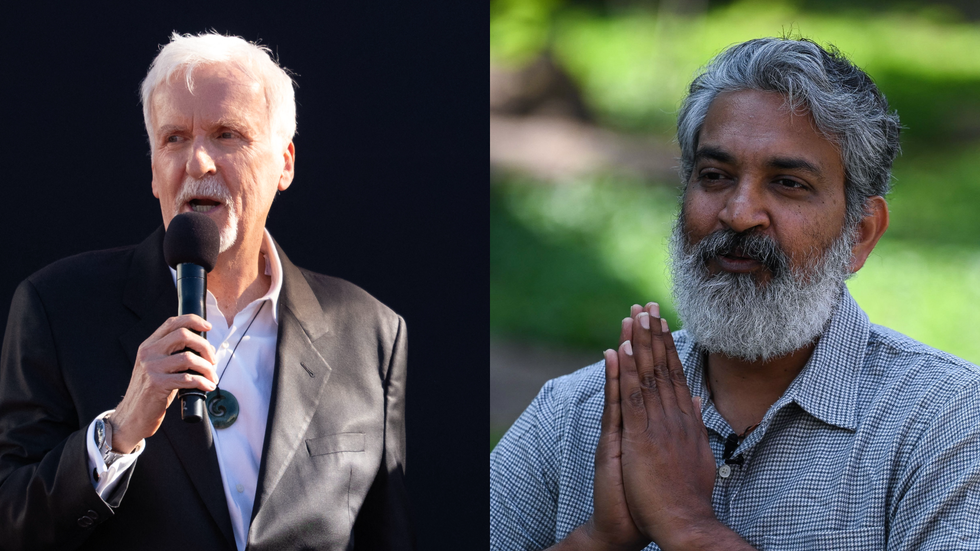Superstar actor Prabhas has devoted fans who not only support his great work on screen, but also try to do good in his name whenever possible. One of those devoted admirers is IVD Sai, from Vijayawada in Andhra Pradesh, who also copies his poses.
Eastern Eye caught up with the super fan to find out more.
What first connected you to Prabhas?
The youth in my locality loves Prabhas. They love to promote his movies by creating posters, fireworks displays or social media posts. So it is as if Prabhas connects the youth in a positive way. The first movie of his I watched in the theatre was Yogi. His action and the love his character has for his mother in that movie made me connect to him.
What made you become a super fan?
It is his off-screen attitude. He is the coolest and most loved star in Tollywood. Everyone in India is calling him a darling now.
Tell us about something super you have done for him?
I’m doing charity work for my hero Prabhas on his birthday for four years now. I love to do anything for my family and Prabhas, who is like family, and for his amazing fans.
What has been your most memorable moment?
Three years ago, I met Prabhas’s famous uncle Krishnam Raju, who treated me so well and made my day so memorable. But if I had met Prabhas, that will be the most memorable moment of my life and I hope it happens one day.
What is the thing you most love about Prabhas?
I love his characters onscreen and his character in real life. He does not publicises his charity work. Once he donated Rs 7,500,000 (£83,211) for poor children’s education in Chennai, but nobody knew until someone else revealed it. Because of this real life good deeds and humility, we admire him a lot.
What is your favourite work he has done?
Prabhas reportedly made a huge monetary donation to the Chief Minister’s Distress Relief Fund (CMDRF) during the Kerala Floods last year. It was reported that he didn’t hesitate when he heard about the tragedy and donated generously.
Which quality in Prabhas do you most relate to?
His shyness. Prabhas loves spending time with his friends and I do too.
Why do you love being a super fan?
I love to be a super fan of Prabhas and see it as a responsibility to spread positivity in his name. I try to connect like-minded fans, give updates and do charity work on Prabhas’ birthday. I am proud to be his fan.
Visit Twitter: @ivdSAAHO





 James Cameron offers to film sequences for SS Rajamouli’s 'Varanasi' during production Getty Images
James Cameron offers to film sequences for SS Rajamouli’s 'Varanasi' during production Getty Images 






